It’s summer in New York, and my daughter just turned two.
People used to say she looked like me - maybe because I look a bit like a man-baby - but lately I see more of my wife in her face. She picks up more words, could in theory walk to school, and is starting to embrace the world in her own way.
I also feel more aware of my own age, doing the rough math of how old I will be when she graduates high school, gets married, maybe has her own family. I picked up a great quote that “the best thing a father can do is increase his daughter’s expectations for life.” That means being around and being my best for a long time to come.
A big part of that for me is preparing her intellectually for what her life will look like. Always mindful of what got me here, I often wonder and worry how I prepare her for her life ahead. Am I setting a good example with the world I’m building for her? As she grows, will I guide her towards obsolescence or help her thrive? Am I helping her with the gift of an intellect firmly planted in the past and the present geared toward navigating an unpredictable future?
My teacher friend commented that I have a lot of books and it should be fine. He is probably right, and yet parental anxiety remains. As I often do on concerns like this, I turn to history for proxies to understand what may come next.
In this case, the Renaissance tradition of the cabinet of curiosities.
Cabinets of curiosities were popular for learned and typically wealthy men in Renaissance Europe to maintain. As the Renaissance world yearned for knowledge, these cabinets primarily reflected “curious items from home or abroad” and animal parts “belonging to strange and curious animals,” in addition to paintings, sculptures, and manuscripts.
These cabinets served one of three distinct purposes:
Exotic and expensive items for public display to demonstrate wealth, power, taste and prestige;
The private cabinet of the most valuable items one wanted to share only with close confidants in more private settings; and
A functional collection to support scholarly research priorities of the cabinet curator.
While these were the types of cabinets one held, an overarching driver of a cabinet of curiosities was to be entertained in an educational way in line with the Renaissance ideals. Observing seashells and plant species from around the world instilled a broader sense of understanding and even a sense of power for the curator to display a collection of God’s world.
Mythical animal parts were also very common, with narwhal tusks proving particularly popular as unicorn appendages1.
“Fake” items such as the Merman below show the creativity and length one could go to sell items to collectors for their cabinets. In this case, a dried monkey with a fish tail caught in Japan in the 1700s2.
Collections of curiosities fell out of favor as the Renaissance shifted towards the Enlightenment and pursuit of deeper understanding of nature as opposed to its anomalies and exotica. Items like the Merman shifted into the grotesque and cheap entertainment they always were as opposed to a sign of a curated and curious mind. Knowledge further shifted to become more organized in books, categorized in famous museums, and institutionalized in universities and libraries.
That is not to say that many famous cabinets of curiosity went into museums and still find ways to inspire us today, such as the Enlightenment Exhibit from the British Museum (and the home to our Merman friend):
Anyway, it is summer in New York and the evolution of what it has meant to be intellectual throughout history has been on my mind. I have been inspired by the likes of
and (great essayists doing amazing things to educate their children) to start fostering my daughter’s intellectual future at home. Outside the home, between DJ sets in the nearby park……to her first Yankees game…
…and trips to the museum on hot days, we have tried to see and do a lot out in the world to foster her growing mind.
While I can’t help but feel a sense of dread on what feels like the intellectual sphere evolving beyond me with AI and what it all means3, the idea of a cabinet of curiosities gives me some hope. The signs of a well-crafted mind have shifted and evolved with the relevant trends, times and technologies well before the Renaissance.
We have even seen intellect shift in our own time as the advent of computers took the brainiest and gave them capital and power. The rest of us garner influence in cozy pockets of the internet, demonstrating our intellect through arguing with strangers, starting podcasts or blogs no one hears or reads, and writing essays for AI to plagiarize later.
I imagine an early Enlightenment scholar, discouraged that younger generations do not feel intellectually stimulated by a unicorn horn in the same way, and what kind of intellectual future that portends.
It is probable the intellectual sphere I mourn has already passed or never existed, and what my daughter sees will be better than all of this. I am no different from that thinker clutching a narwhal tusk, dismayed that the younger generations just don’t get it.
I might be overthinking it. It could just be a second birthday, the normal course of a new chapter beginning. Even Louis Armstrong in 1967 sang about babies knowing much more than he’d ever know. The narwhal tusks and well-curated home libraries may collect dust, and maybe that’s part of increasing expectations for life is giving the next generation the space to leave their marks in ways we may never know.
Perhaps, as the kids say, we should “let ‘em cook.”
Trying to allude to what
referred to as “The Discourse” without doing so and without really knowing what he means by this.

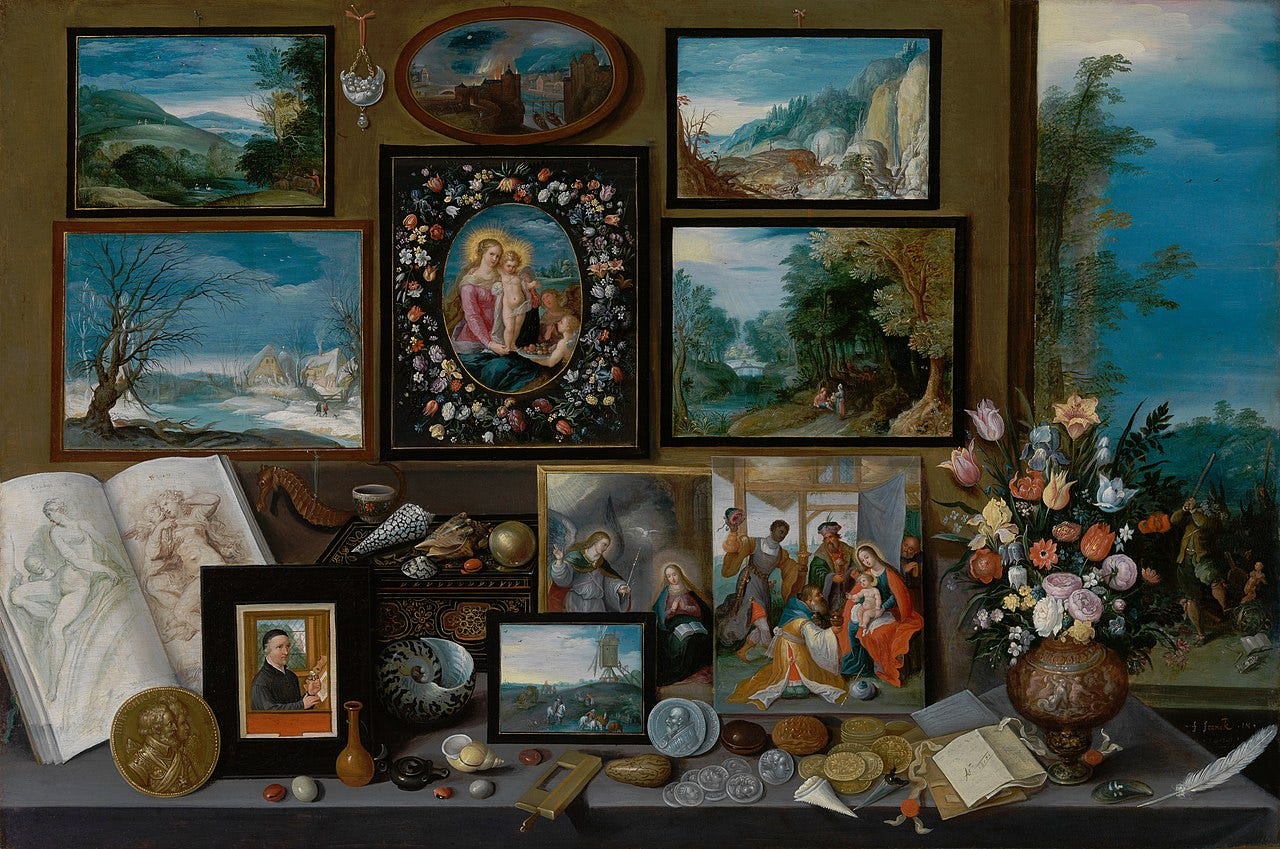

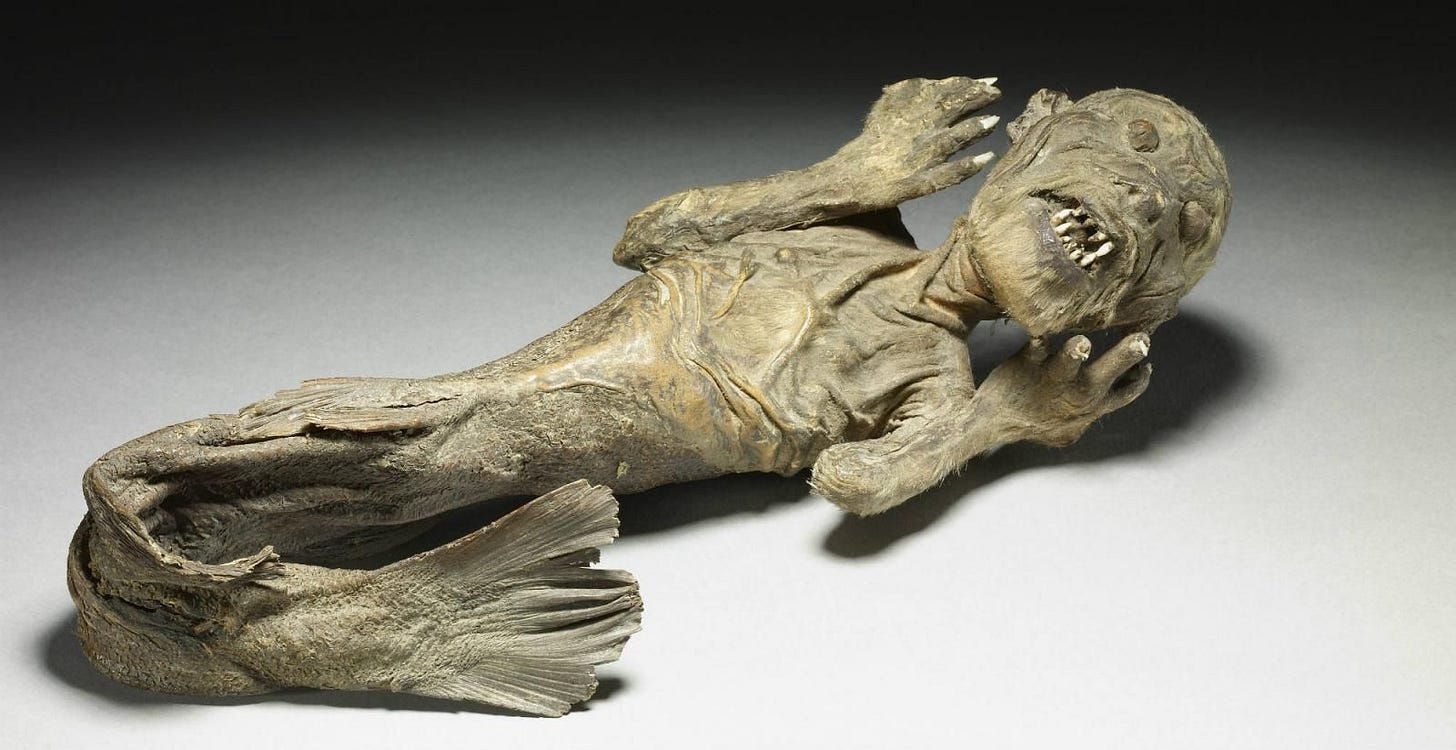

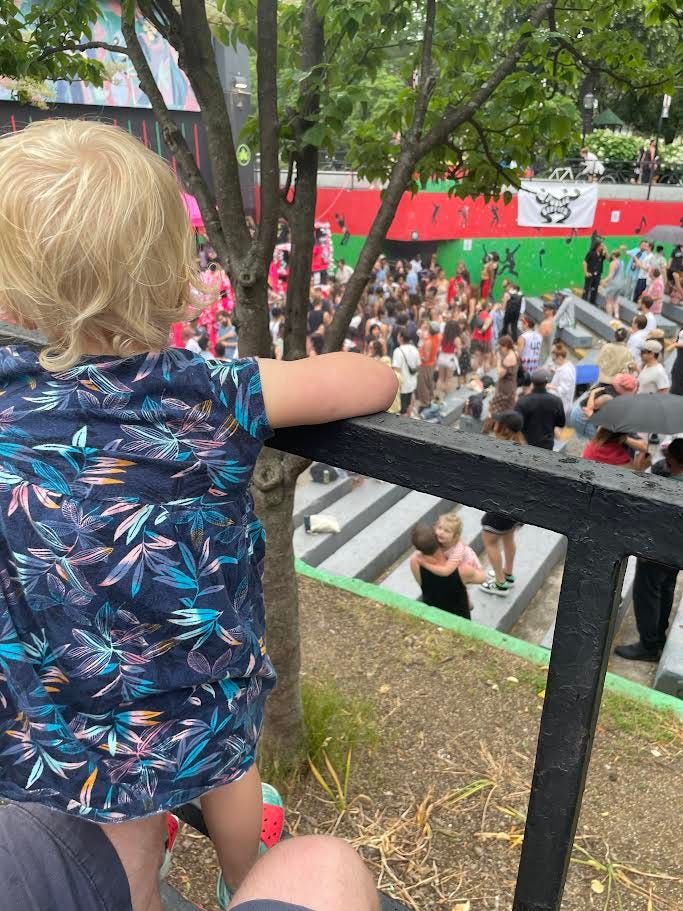
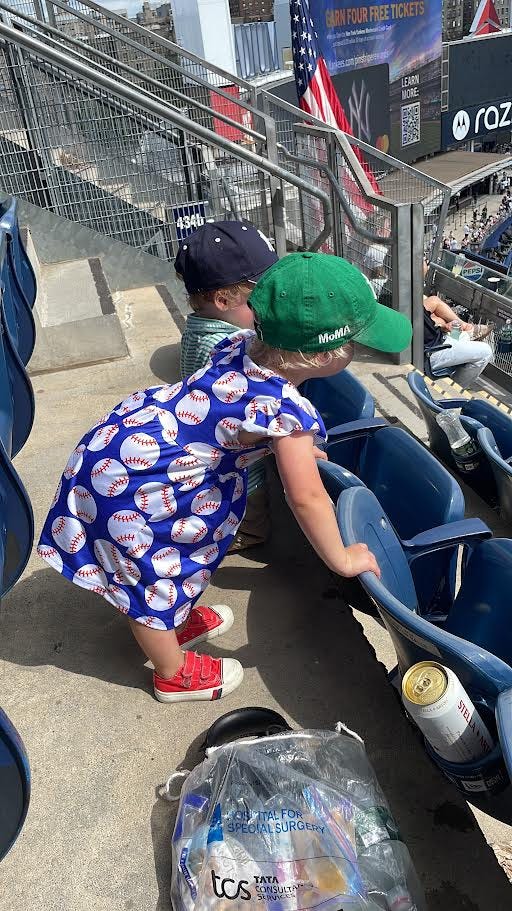

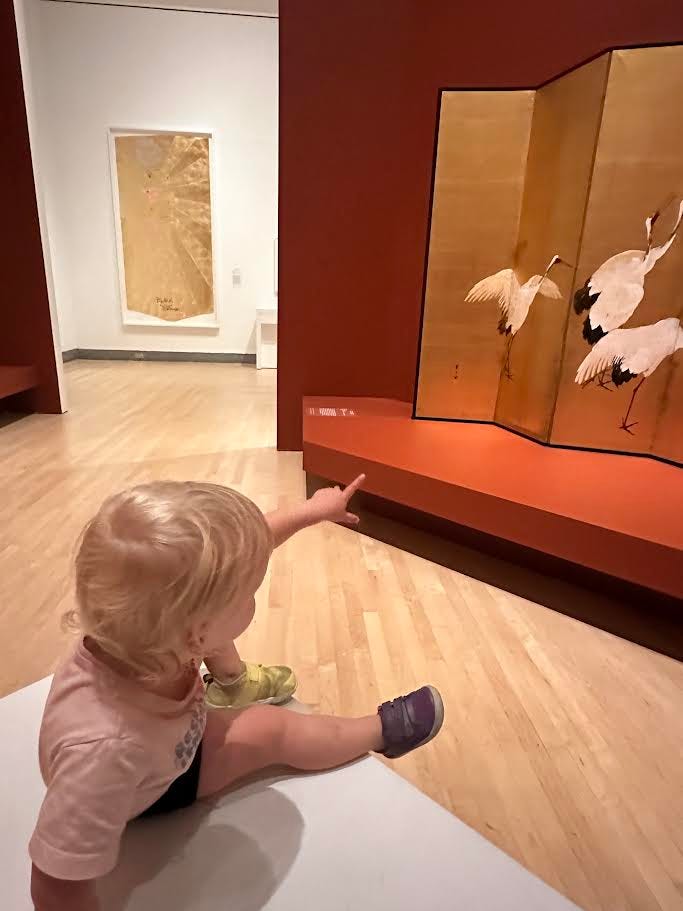
I think a flower press and a book on botany is just the thing.
I go to museums now (I didn’t before because three small children wanting to touch renaissance paintings with sticky fingers was very stressing, and I explain to them who are the martyrs depicted and how they can recognise them by their attributes- Sebastian and his arrows, Barbara and the three windowed tower. We talk about evolution in a playful manner and imlet them catch me off guartd with their millions of questions. And little else. I tell them about what moved me when I was a child, the story of how we got here, and hope they will be alright.
Beautiful piece, Mike.
Great piece! I want a cabinet of curiosities! I have two daughters full grown. The weird and wonderful is a thing I always encouraged (unlike their mother lol/grrrr ) -- but I think bringing the "cabinet" into the 21st is thing - let's do it! IMO the Renaissance guys were into it mainly for the wonder and inspiration and lesser maybe for the status perhaps. It's just fun and what better way to get this next gen going fun/inspiration/wonder.